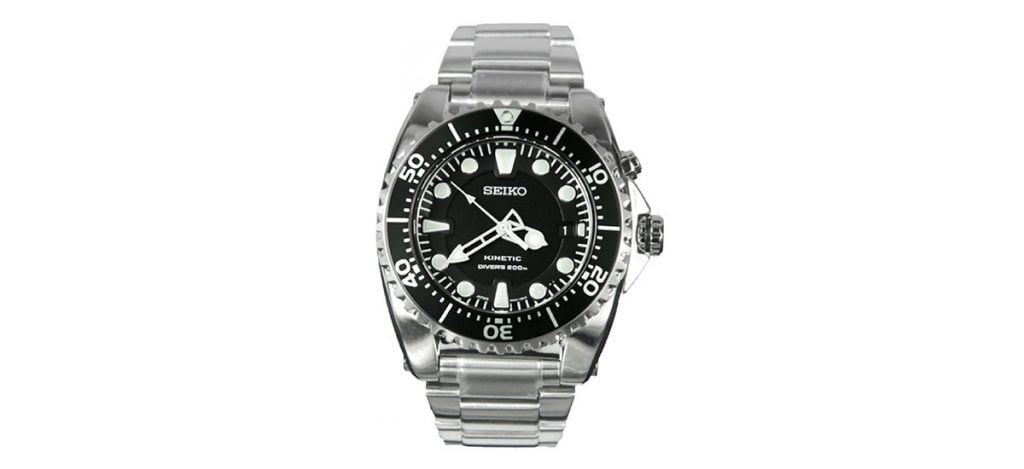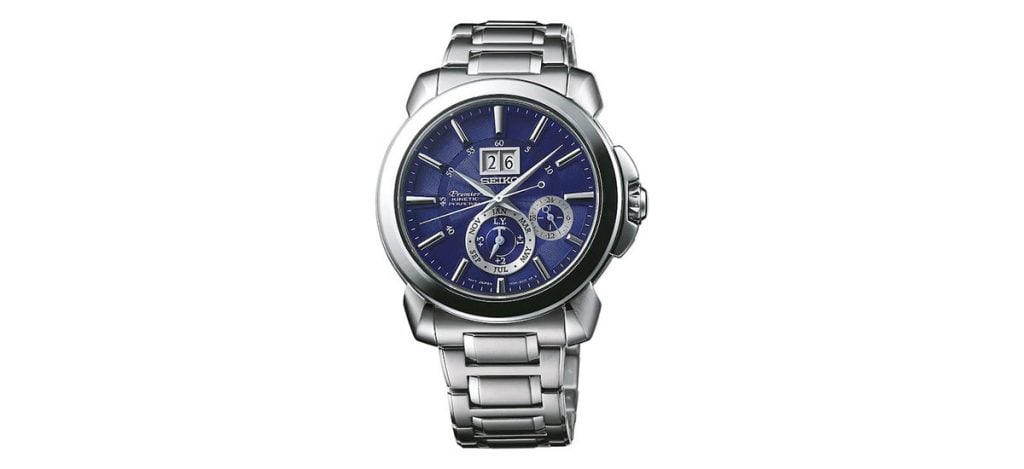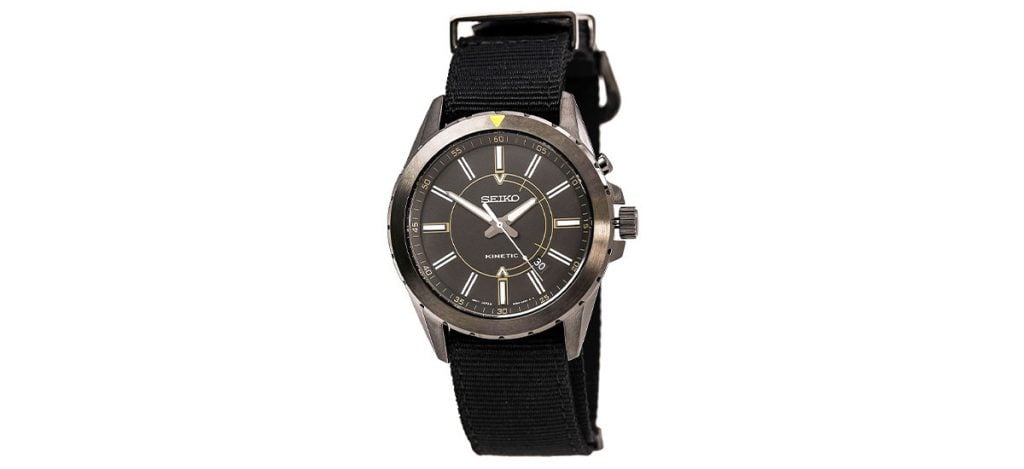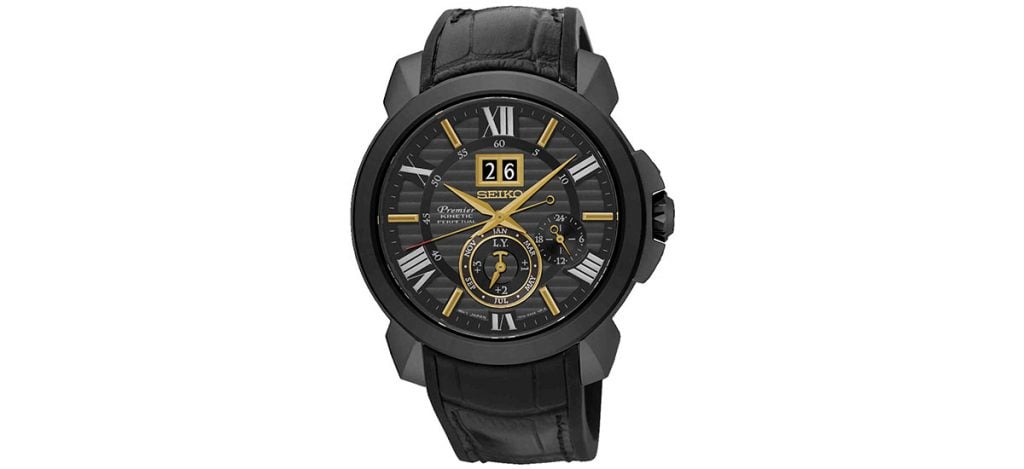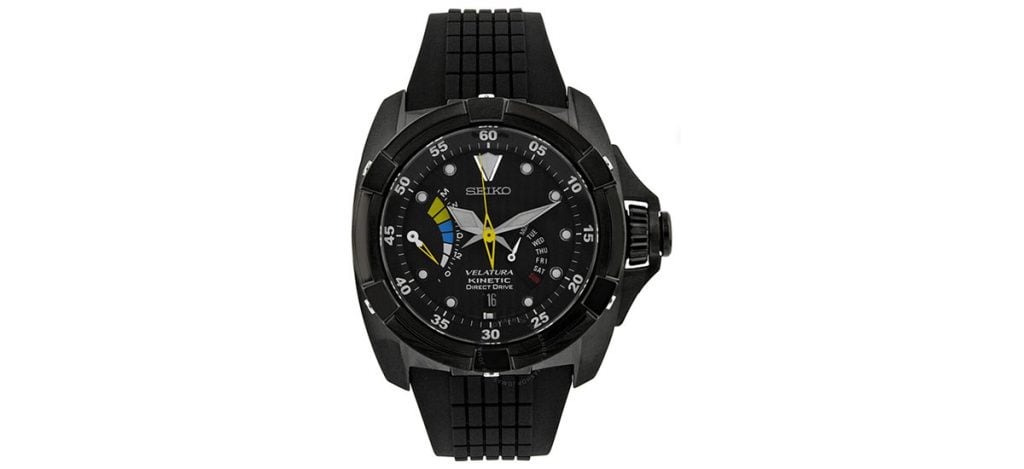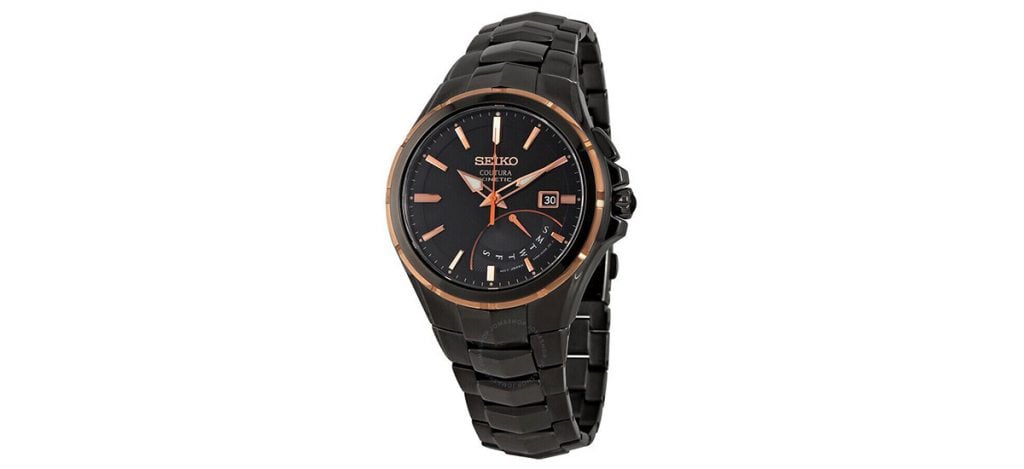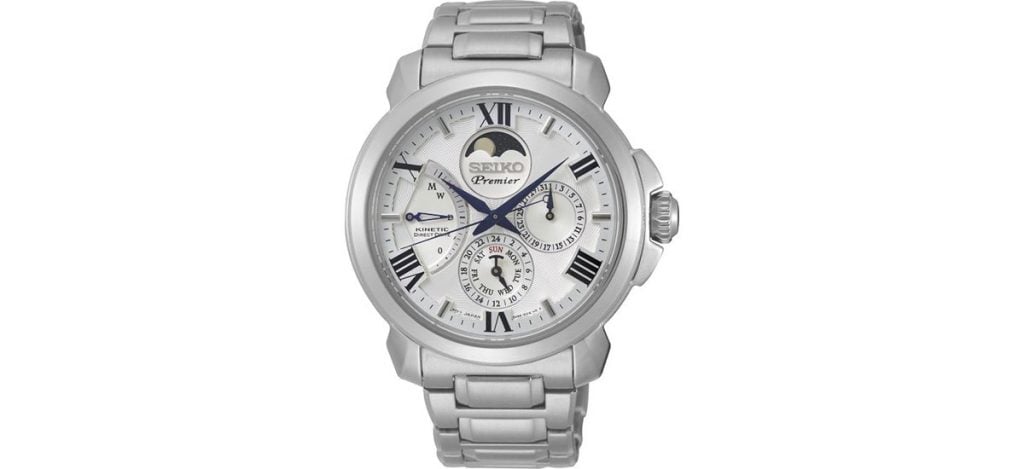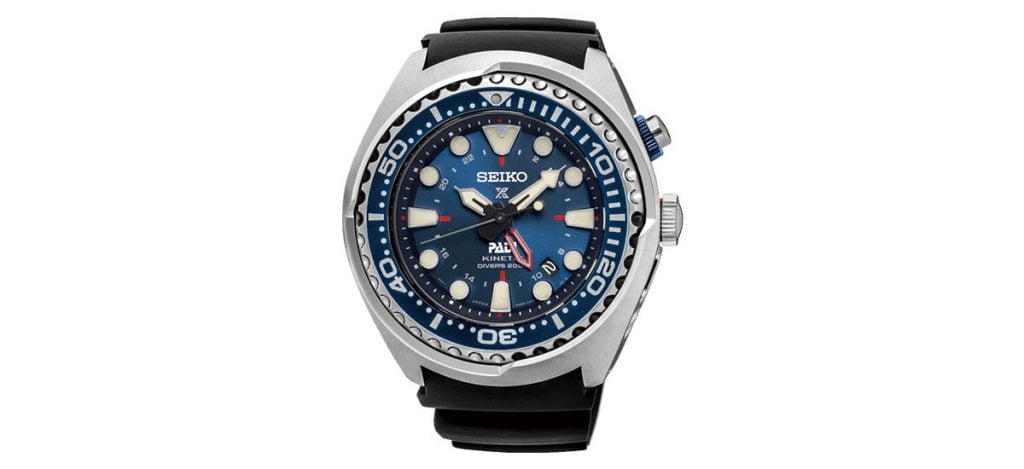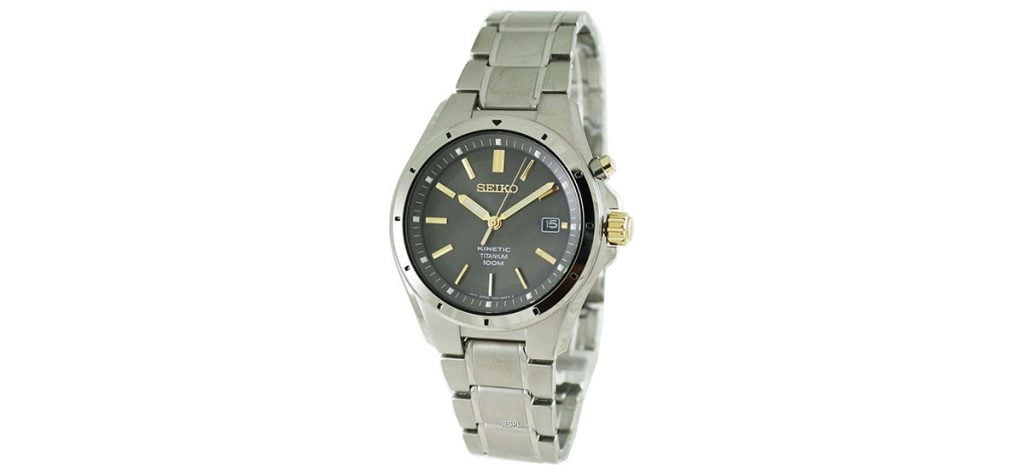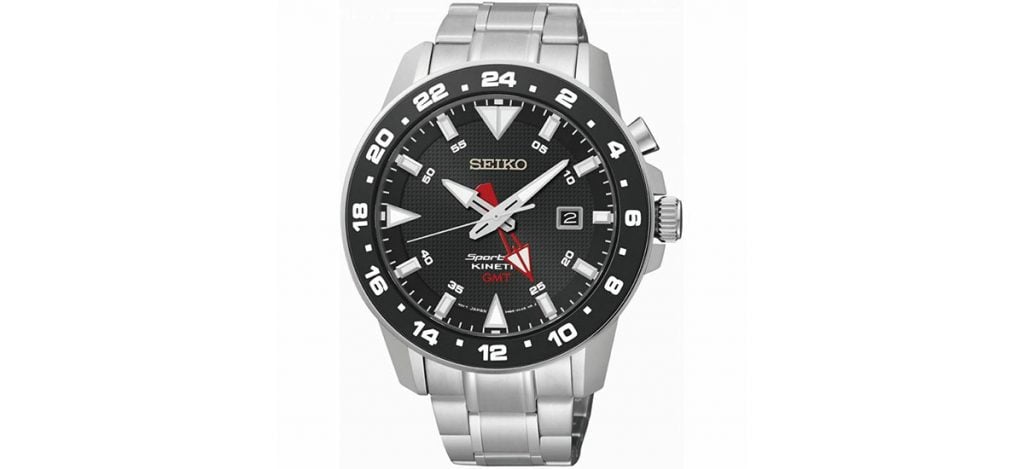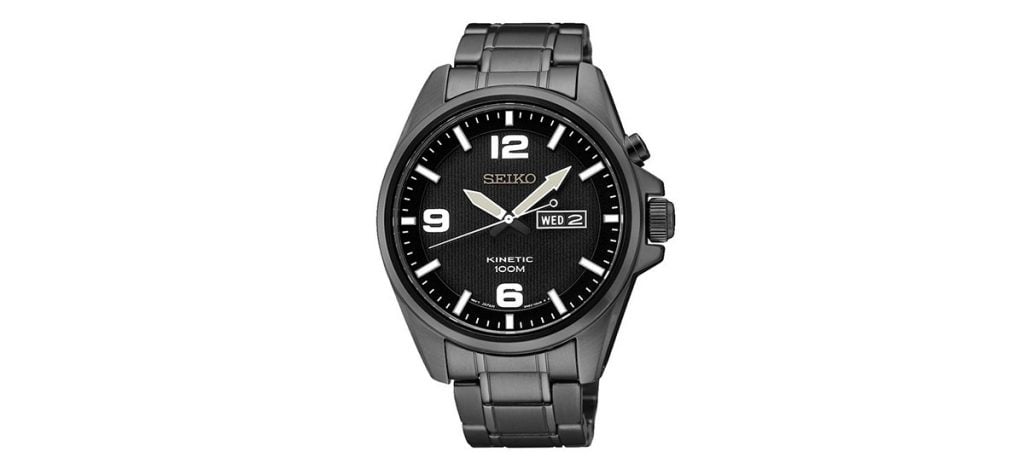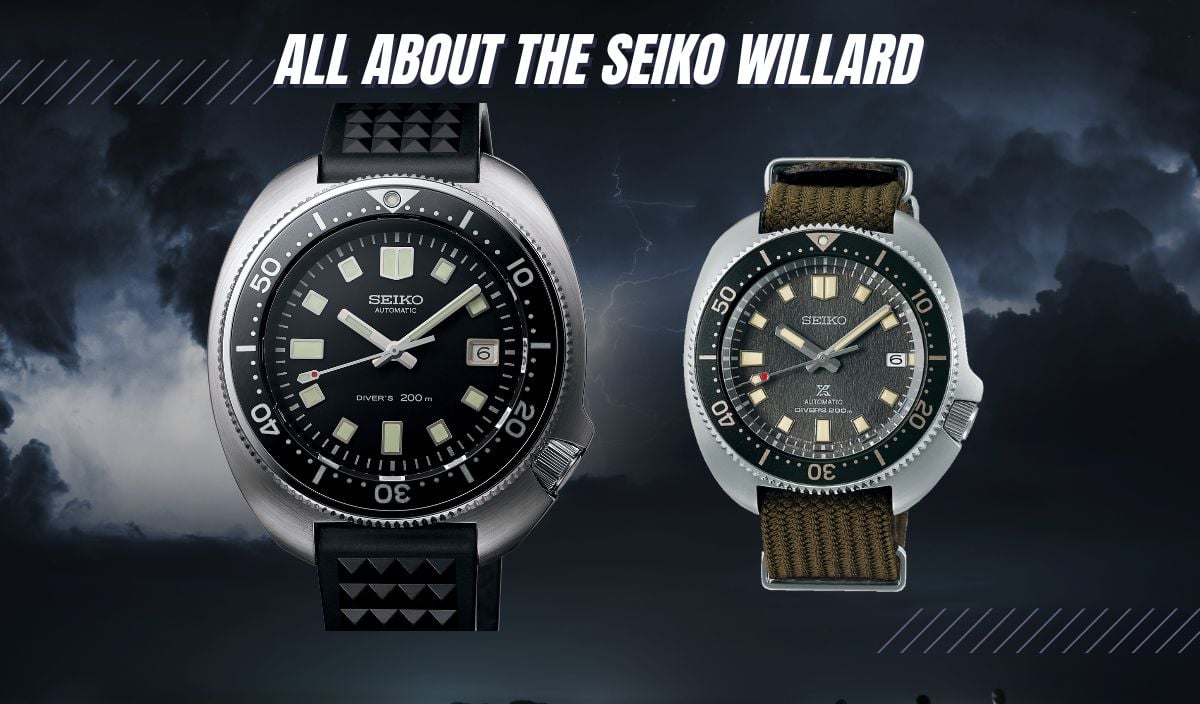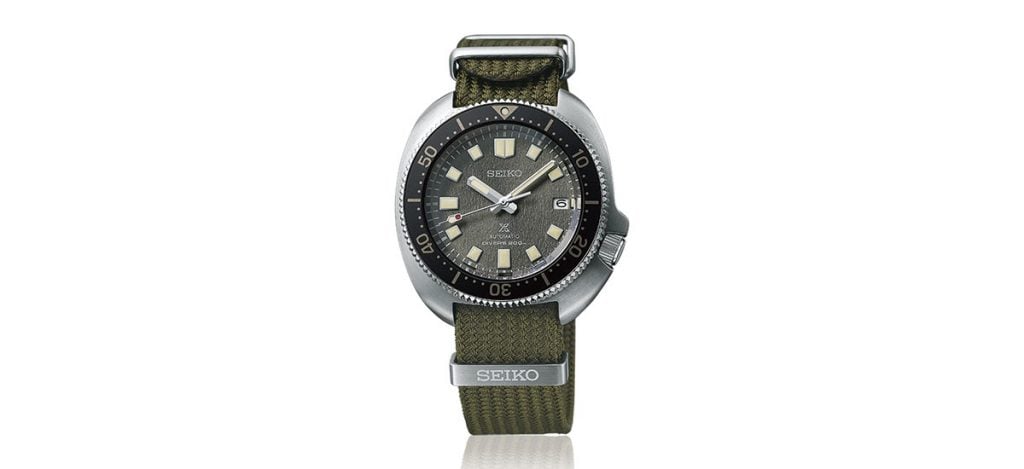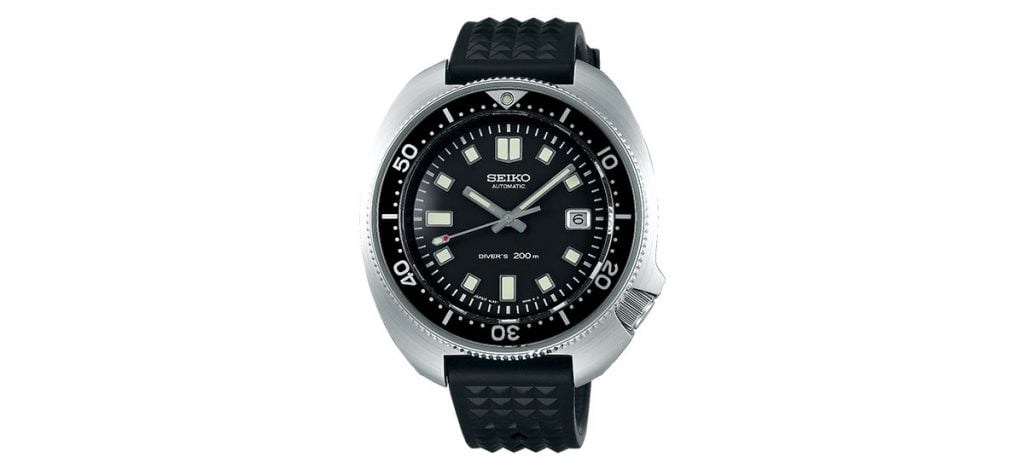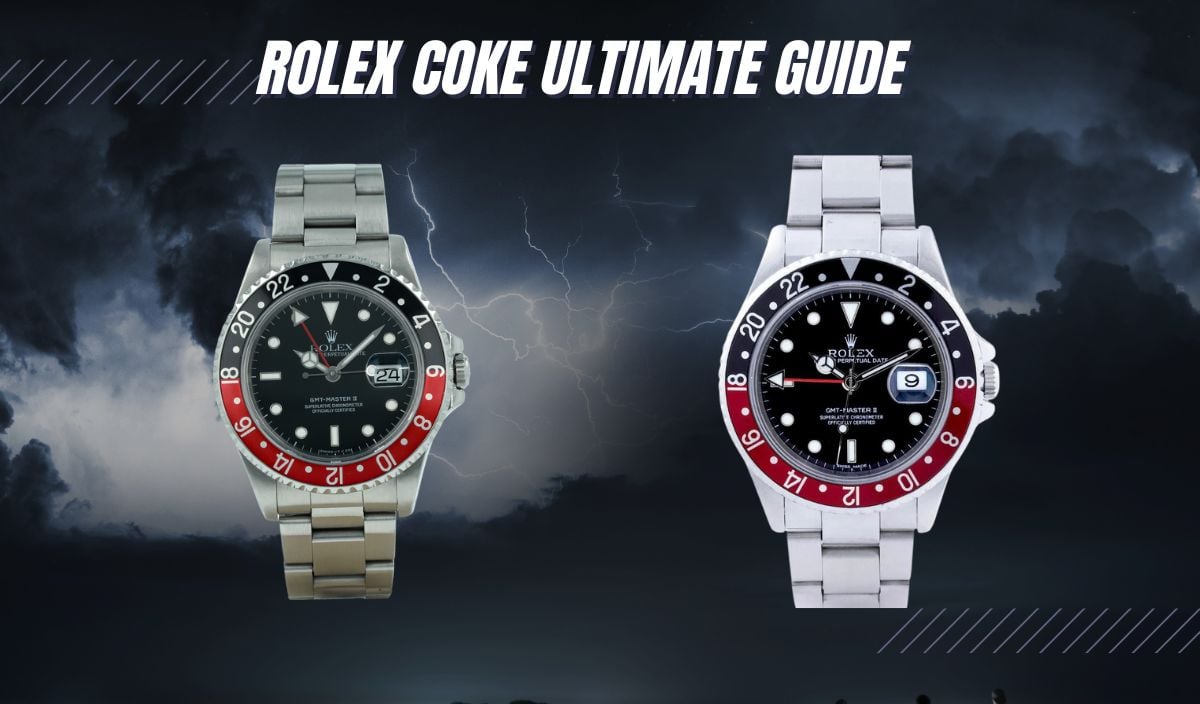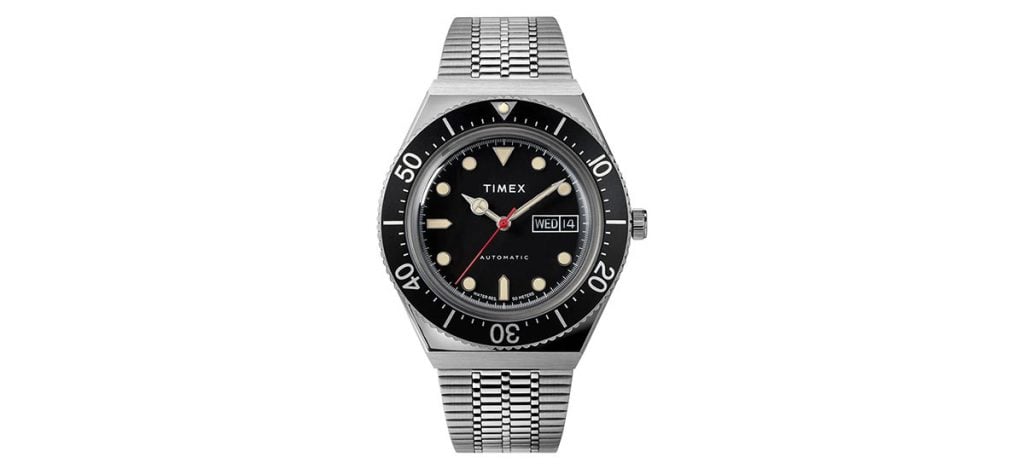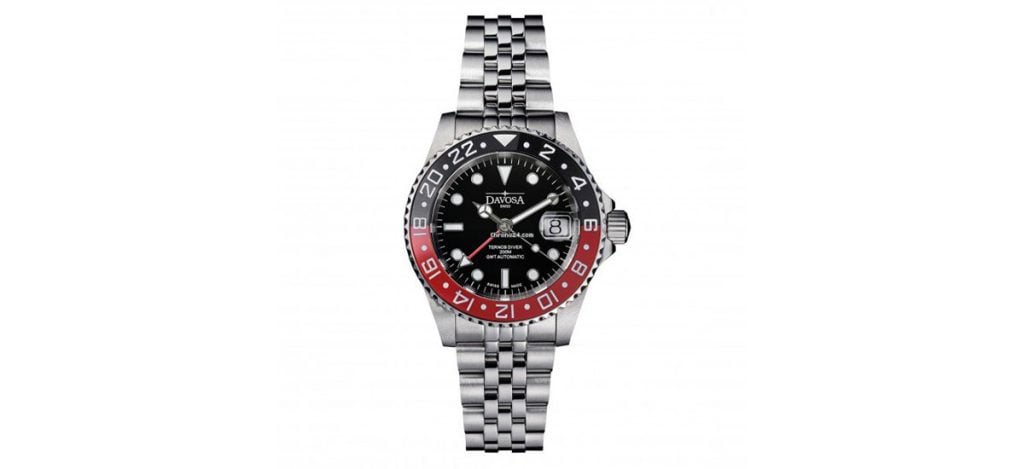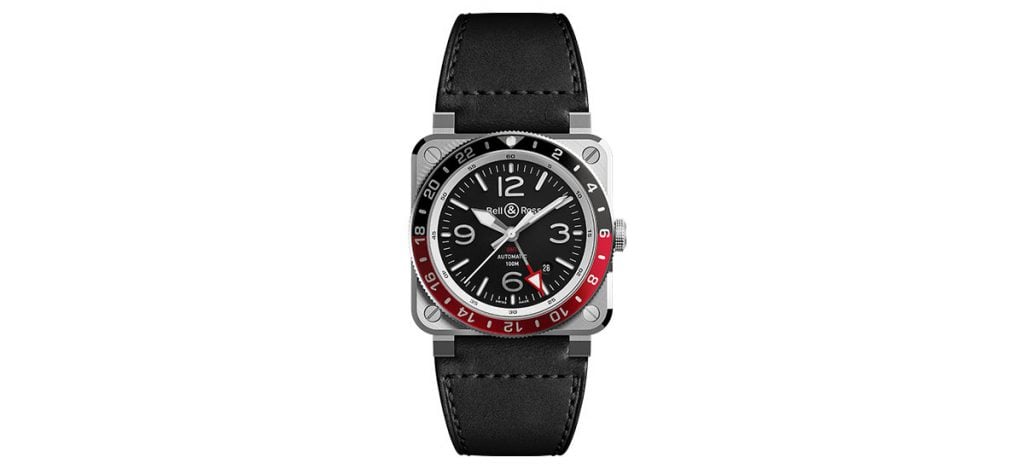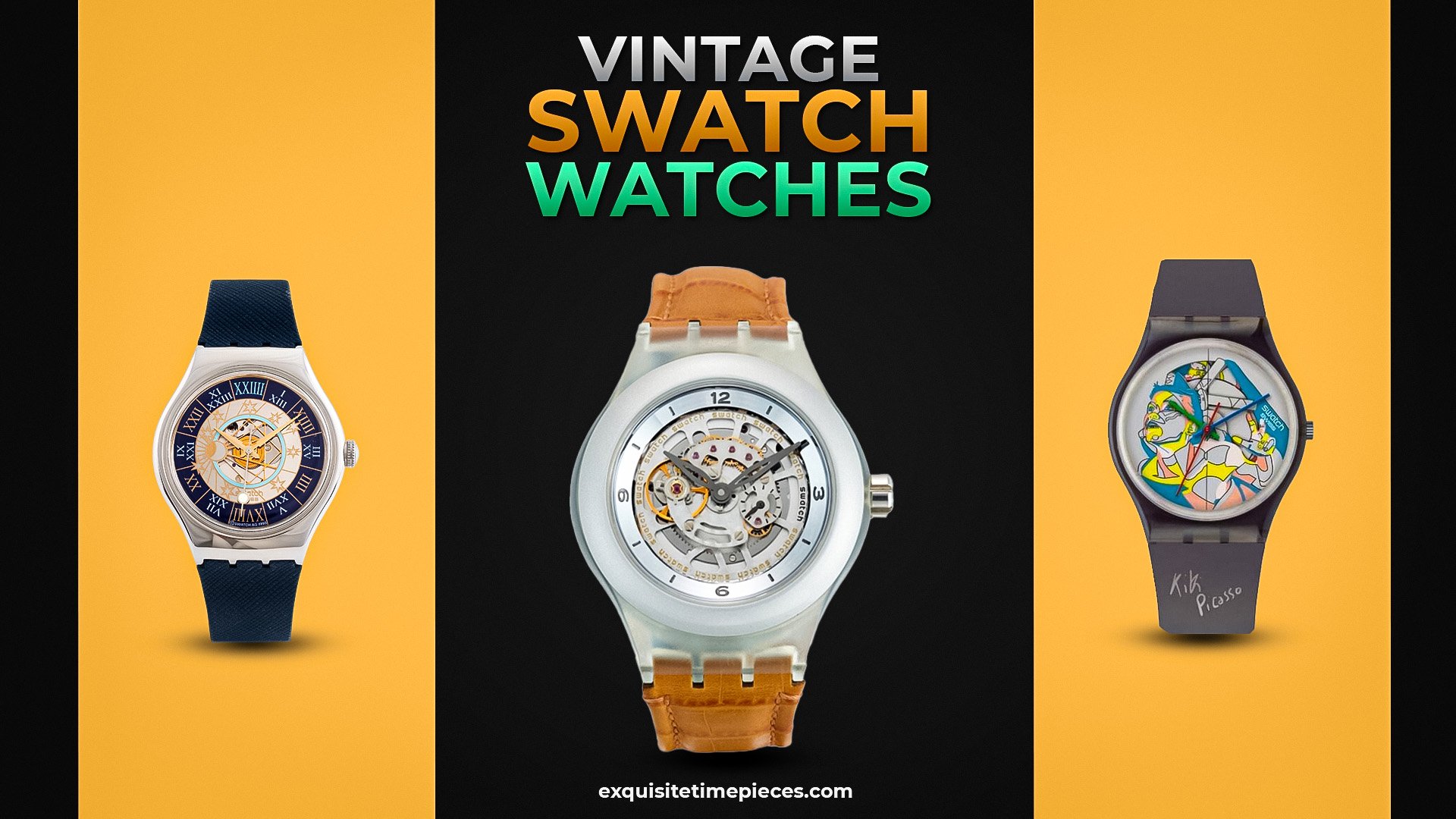
Rolex is the most well-known luxury watch brand in the world. Selling well over a million units a year, ranked number one in Swiss watch exports by overall revenue, and ranked as the number one most reputable company by RepTrak 2016 through 2019, and again in 2022, they have built a seemingly bulletproof reputation.
While it is a reputation the rest of the watch industry is surely envious of, what is seemingly more impressive is that they have managed to build this reputation in its relatively short history. A large part of their storied history and success depends on one model, the Rolex Oyster Perpetual Datejust.
About the Rolex Datejust
With the many advancements of modern watchmaking, it is easy to take the Datejust for granted. In its most famous form, the Datejust is a 36mm wide steel case watch with either a smooth steel or fluted gold bezel and a steel bracelet or two-tone steel and gold bracelet. The only functions are the time, running seconds, and the date.
Aside from the prestigious brand, little sets it apart from more common and attainable watches. However, if it were not for Rolex producing the Datejust, the modern concept of a timepiece that was functional, durable, and fashionable (the “go anywhere, do anything” watch) would likely not exist.
Now, every brand has an equivalent timepiece. While other brands have made watches similar in function to the Datejust, Rolex managed to produce both quality, volume, and effective advertising to allow it to be at the forefront of the public’s mind when it comes to a luxury watch suitable for daily wear.
History of the Rolex Datejust
Building on their prior innovation of producing one of the earliest self-winding water-resistant watches, titled the Oyster Perpetual, Rolex introduced the Datejust in 1945. The Datejust was the first automatic watch to have a date that changed autonomously at midnight. To become the icon we know today, Rolex added the magnifying cyclops to the model in 1953.
In 1957, a ladies’ model was introduced. Since then, the Oyster Perpetual Datejust has been a mainstay in the Rolex catalog. While the sport-oriented models (referred to currently as the Professional Line by Rolex) get the bulk of attention from enthusiasts, the classic models like the Datejust are the most popular overall in terms of sales.
What Makes a Rolex Oyster Perpetual Datejust
Often imitated and with numerous variations, it is impressive how Rolex has managed to make the Datejust an easily identifiable icon distinguishable from imitators, regardless of variations and updates over the years.
The Oyster Case
While easy to take for granted, the Oyster case for the Classic models has a curved and polished case side. The case design wears more like a cushion case than a traditional round case, as the lugs are large and extend from the case side down to the bracelet, giving the watch an integrated bracelet look with the metal bracelet options while using traditional lugs and spring bars.
It is worth noting that the spring bar holes are drilled quite close to the case, making some aftermarket straps difficult to fit. The most popular material option has been stainless steel, but the Datejust was originally released in gold. Throughout the years, Rolex has offered the watch in steel, two-tone steel, and gold, and a variety of gold options. Ladies Datejust watches have also been offered in platinum.
Bracelet Options
Arguably the most iconic bracelet option for the Rolex Datejust is the Jubilee bracelet. Released as part of Rolex’s jubilee celebration (along with the Datejust), the five-link design with two larger outer links and 3 small inner links, making the bracelet robust yet dressy.
The center links have always been polished throughout the bracelet’s history, with the outer links being brushed. Originally offered only in solid gold, the Jubilee bracelet has been offered in steel, two-tone, and gold.
The other metal bracelet option for the Datejust and equally iconic for Rolex is the Oyster bracelet. A three-link design with three larger sections, this is the bracelet design that is most commonly associated with the Professional models. Preferred by some collectors for its more substantial presence, the Oyster bracelet is more casual/sporting in its appearance.
On more contemporary precious metal references, there have been leather strap options, and references with the President style bracelet, mainly the smaller 31mm and 27mm models. The leather strap options have a metal end-link that the strap attaches to, further emphasizing the modern integrated look.
The most outlandish option is a diamond set rubber strap on the 116189BBR. If you love zebra print, this model is worth a look.
Bezel Options
When it comes to the Classic line of Rolex watches, part of the iconic look is the fluted bezel.
The fluted bezel is made out of gold, and the polished bezel has alternating raised and lowered sections that reflect well in a variety of light, making the watches very eye-catching. Most commonly associated with the two-tone steel and yellow gold models are steel watches with white gold fluted bezels, and more contemporary references have offered steel and rose gold.
The bracelet will always match the bezel, with the steel and white gold references having steel bracelets. Entirely precious metal references have been offered with both fluted and smooth bezels.
The smooth bezel is another popular option, usually seen on all steel references, but has been offered in the two-tone and precious metal references as well. If the fluted bezel is the most jewelry oriented and formal, the smooth bezel is more subdued.
On older references, the bezel is relatively flat, with it sloping upwards toward the crystal from the case. Modern 6-digit references have bezels that are more domed than flat, which give a more substantial and contemporary look to the timepiece.
Additionally, there are engine-turned bezels. Made out of steel, these watches have either a fine groove texture or a wider, less polished texture similar to the fluted bezel. These models offer a way to add interest to the watch without the added cost.
Particularly of note of the metal bezel options, there are the Turn-O-Graph models. Made with precious metal bezels, these models have a bi-directional rotating bezel that can be used to time events. Initially intended for pilots, these watches offer a slightly more sporty take on the Datejust that still keeps the sartorial flexibility associated with the model.
Finally, on the jewelry-oriented pieces, there is the option of a diamond set bezel, which is always set in the corresponding precious metal on the watch.
Dial Variety
Where prospective Datejust owners are really spoiled for choice is in regards to dial options. Over the years, there have been a wide variety of dial options with varying textures, including honeycomb in some vintage models, vertical striping, sunbursts, matte, glossy, and sun-ray, to name a handful.
More contemporary jewelry-oriented models have what Rolex calls the “Jubilee Dial,” which has a Rolex motif printed on the dial and some diamond settings on the dial. Speaking of gemstones, there are many iterations ranging from diamond hour markers to full pavé dials covered in diamonds. There are also a number of variations of mother-of-pearl dials.
Besides diamond-set indices, there are numerous iterations for indices, including stick indices, Roman numerals, Arabic numerals, and sometimes combinations of different styles. The only way collectors may feel some limitation is in regard to dial colors.
Recent collections have included green dials with palm leaf motifs, and there have been some that have had more subtle pink and salmon hues. Most of the history of the Datejust has consisted of conventional dial colors; black, silver, white, and blue.
These more conservative dial tones speak to the intended purpose of the watch, the ability to go anywhere and do anything and look the part while doing it. A Datejust worn in confidence will look great with a bathing suit and a boardroom suit.
Should a bold dial be desired, the textured dials and a few bolder colors are available. Full precious metal Datejust watches have some more outlandish dial offerings. Additionally, popular aftermarket customization is to have boldly colored dials. While not always desired by hardcore collectors, a custom dial will make your Datejust stand out.
Rolex Datejust Reference Numbers
With Datejust’s long history, there have been numerous reference numbers associated with the model. For the sake of this article, we will give attention to the 36mm models.
Broadly speaking, there are 4-digit, 5-digit, and 6-digit references, each referring to a general period of production. 4-digit references were produced before the late-1970s. 5-digit references were produced from the late 1970s to 1999, and finally 6-digit references began in the year 2000.
The first Datejust 36 reference numbers start with 6XXX, followed by 16XX. The five digit reference number Datejust watches start with 162XX. The six digit references start with 1162XX, and the most modern Datejusts start with 1262XX. An early Datejust example would be the 6304, and then the generations following are the 1601 and 1603.
After the four-digit references, the last two digits were codified to describe other aspects of the watch. The second to last number dealt with the bezel style, with 0 meaning smooth, 1 meaning engine-turned, 3 meaning fluted, and 6 referring to the Turn-O-Graph models.
The last digit refers to the material of the watch, with 0 corresponding to steel, 1 referring to two-tone steel and Everose gold, 3 referring to steel and yellow gold, 4 referring to steel and white gold, 5 being solid 18k Everose gold, 6 being platinum, 8 referring to 18k yellow gold, and 9 referring to 18k white gold.
To give an example, a six-digit two-tone Everrose and steel Turn-O-Graph would have the reference number 116261.
Current Rolex Datejust Pricing
With limited availability for Rolex watches across the board causing historically high prices, even accounting for some recent adjustments as of Summer of 2023, Datejusts are not spared from this. Still widely popular compared to the Professional models, the Datejust does not get the same amount of media attention, and their large overall production numbers mean that they are more readily available on the second-hand market.
Again, focusing on the 36mm models, a vintage steel 1603 can be found as low as around 3000$, but one in better condition, and maybe some original paperwork would be closer to 4000$. Two-tone four-digit references start at around 3600$, with better examples starting again at around 4000$. Solid gold examples on a strap can be found for about 6400$, but jump to over 10,000$ for examples with a solid gold bracelet.
Early five-digit references start around 4000$, again rising depending on condition and materials. Models with a sapphire crystal (starting in the late 1980s/early 1990s) start at around 5000$. As of July 2023, a five-digit Datejust tops out at approximately 55,000$ for a full gold case and bracelet example with diamonds on the dial from the factory.
The six-digit references top out at around 65,000$ for the 116189BBR already mentioned. A full gold 116208 can be had for about 28,000$. Two-tone 116XXX references, including white gold bezeled models, seem to stay between 10,000 and 16,000$ depending on the condition and box and papers. Full steel models start at around 7500$.
The most modern 126XXX models start at around $7500 on the secondary market, and that includes box and papers. The most expensive two-tone models with diamond bezels and dials are currently trading for around 36,000$. As part of the current collection posted on the Rolex website, there are no full precious metal models being offered.
As with almost any Rolex currently, more desirable models and configurations will carry a premium compared to their original retail price and/or less desirable iterations. Regarding vintage models, condition and documentation play a big role. If you are looking to achieve the lowest price possible, a common dial configuration in worn but good condition will be a good and safe option.
With well-worn pieces, it is best to do a good amount of research and pay accordingly if they interest you. The older a watch gets, the less important having the original box and papers is. It would be very cool if a 6305 could be found with all of the original boxes and paperwork, but expect to pay a corresponding premium for that watch.
Who Is the Datejust for?
The versatility of the Datejust is its greatest selling point. The combination of good looks and durability makes it suitable for almost every occasion a normal person will encounter. While Rolex watches are seen as status symbols of success and achievement, the Datejust is oddly as close to the watch for everyman as a Rolex will get. With the wide variety of case, dial, bezel, and bracelet options, there is likely a Datejust that will interest almost every collector.
If the Datejust is just too clichéd for you, there is also the Oysterquartz Datejust. More of an enthusiast favorite and definite oddity, these overbuilt quartz watches are nothing to look down at, as an Oysterquartz Datejust accompanied Reinhold Messner on his 1978 climb of Mt. Everest without oxygen.
Conclusion
While not entirely comprehensive, this guide should equip readers with enough information to confidently enter the world of Rolex Datejust watches. The many iterations over the decades that this model has been in production means that there is likely a model for everyone. There are many more complicated, robust, and unique watches out there, but a Rolex Datejust is often the only watch one needs.










